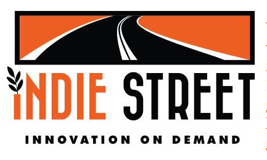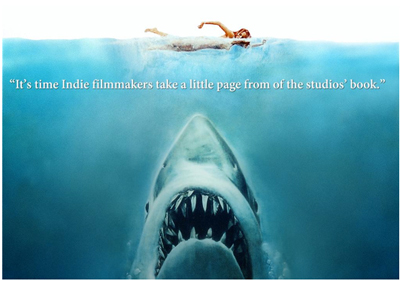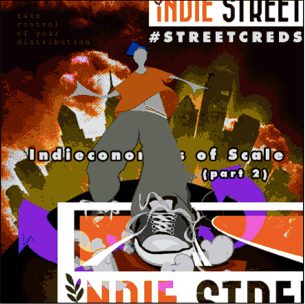By Jay Webb

Previously: IndieStreet Post #6: Not Louder Mouths, Just More Ears
Facts of the Storytelling Street:
– Creating a new, unchartered path will never come without risk or potholes.
– Brilliant (even just good) storytellers innately take risks.
– Potholes usually create an even better story about your drive once you make it home.
– Learning more about getting your story out there (distribution) in order to ensure continual story telling through life will not add any potholes (or risk) to your path. It can only make your street wider and stories more easily heard.
 After discussing Indieconomies of scale and the benefits of adopting a cooperative group approach, we thought it might be a good time to switch the charge and talk a bit more about the challenges (potholes) that we have come across to date. If a pothole doesn’t swallow you, it makes your vehicle stronger.
After discussing Indieconomies of scale and the benefits of adopting a cooperative group approach, we thought it might be a good time to switch the charge and talk a bit more about the challenges (potholes) that we have come across to date. If a pothole doesn’t swallow you, it makes your vehicle stronger.
From our slightly biased IndieStreet POV, there should be no reason for any story teller to be scared of exploring self-distribution, and more specifically, some type of cooperative distribution. The following potholes have busted a tire or two during our journey, but in no way have they strayed us from our mission. Starting a business is not for the faint of heart…A simple rule of thumb: If you want to succeed as much as you want to breath, then it won’t be hard at all.



 When considering how to apply business concepts like economies of scale to Independent film, in the case of production we have to reorganize our thought process a little. In this post, we start by treating a small group of Indie filmmakers as a story producing company with each member having both objective story telling capital (skillset, equipment, etc.) and subjective story-telling capital (interest in project, loyalty, emotional connection to material). The more story-telling capital that can be attained through cooperation, the more a group can benefit from production Indieconomies of scale.
When considering how to apply business concepts like economies of scale to Independent film, in the case of production we have to reorganize our thought process a little. In this post, we start by treating a small group of Indie filmmakers as a story producing company with each member having both objective story telling capital (skillset, equipment, etc.) and subjective story-telling capital (interest in project, loyalty, emotional connection to material). The more story-telling capital that can be attained through cooperation, the more a group can benefit from production Indieconomies of scale.